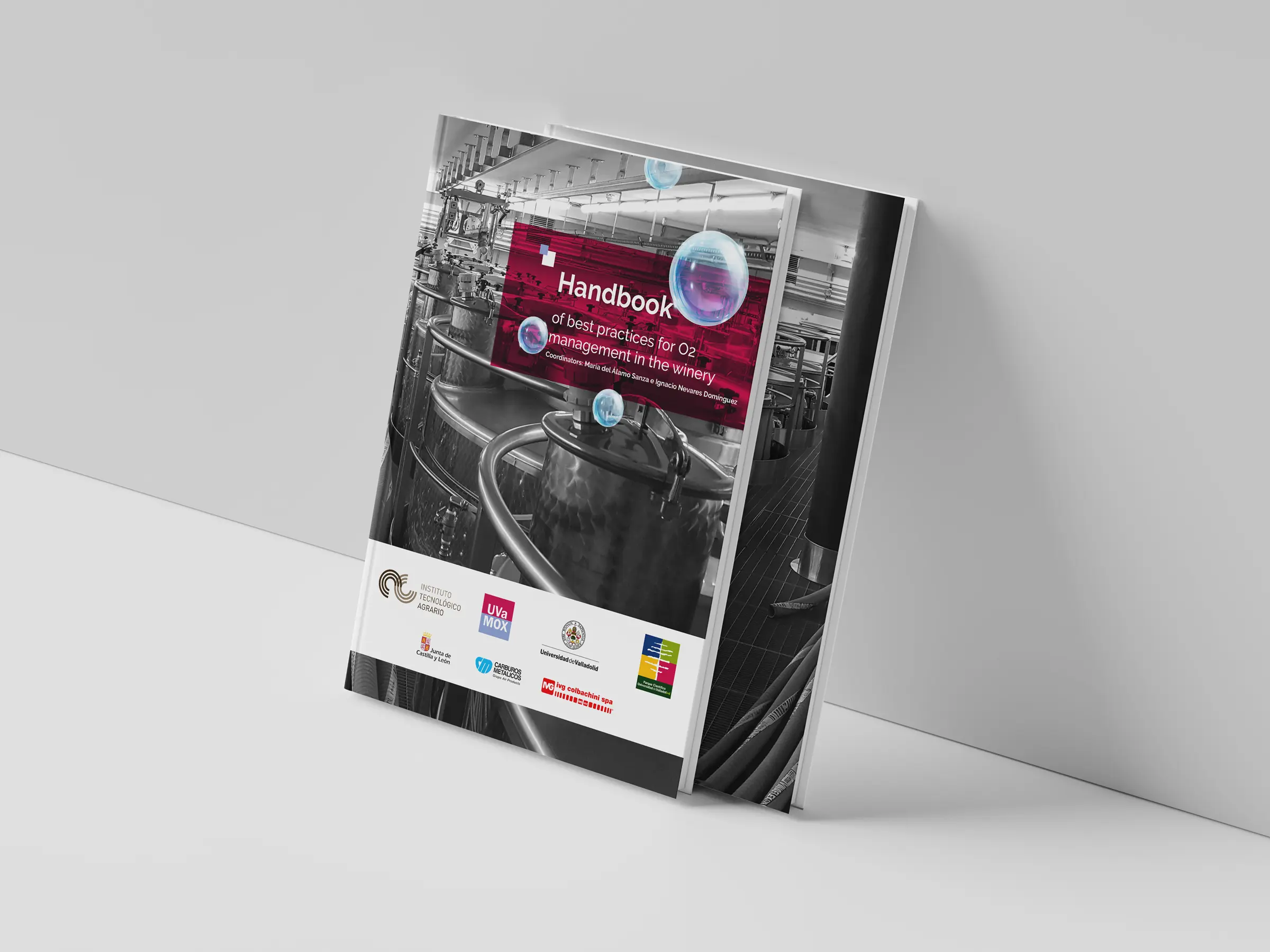Caracterización de la tasa de transmisión de oxígeno de las especies de madera de roble utilizadas en tonelería
Recently UVaMOX has published a new work in the Journal of Agricultural and Food Chemistry related to oak wood and OTR. The manuscript is available via journal web page
The oxygen that wine receives while aged in barrels is of interest because it defines the reactions that occur during aging and therefore the final properties of the wine. This study is intended to make up for the lack of information concerning the oxygen permeability of eight different woods of Quercus alba and Quercus petraea commonly used. In addition, it shows how oxygen transfer evolves with the liquid contact time when tested under similar aging conditions to those in wine barrels. French oak woods permitted a higher oxygenation rate than American ones in all cases. A decrease in the oxygen entry caused by impregnation of the wood during the process was observed in all the species studied. This process is determined by the thickness of the flooded wood layer containing free water, although differently in the two species, possibly due to the anatomical structure and the logging process for each.




